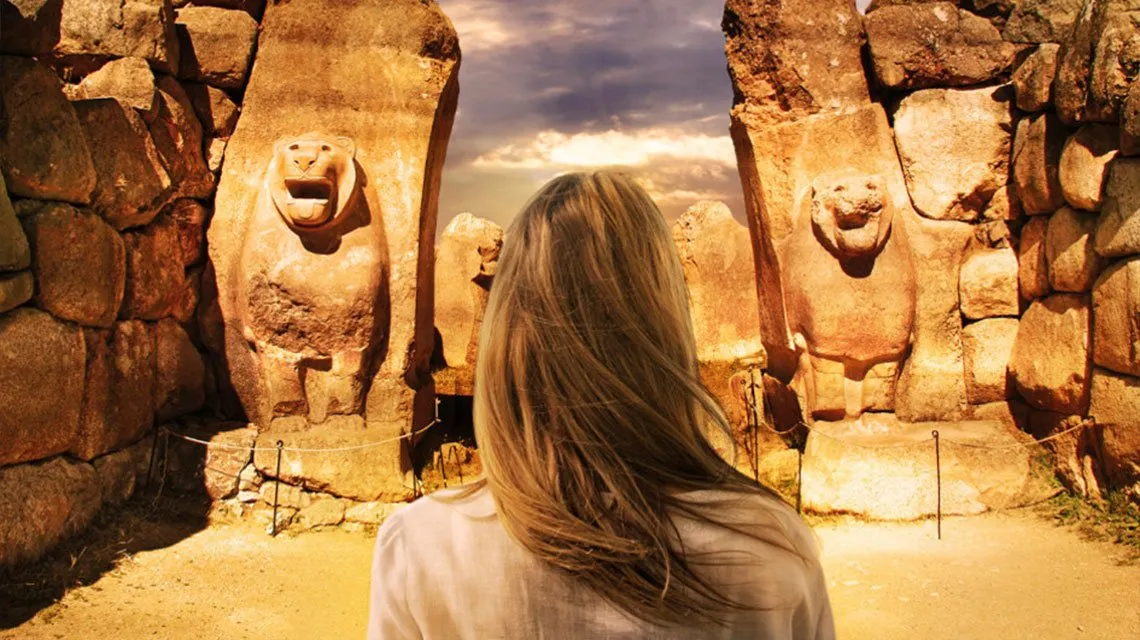The oldest settlements in the world
The man who has used fire since the beginning and produces various objects of daily use became a genuinely creative being only when he gave up nomadic life and became sedentary. At this important stage in human history, the settlements of Çayönü, Hacılar and Çatalhöyük, which together with the settlement of Jericho in Jordan belong to the oldest representatives of this period, developed in the Neolithic period (8000-5500 BC) in Anatolia. Çatalhöyük in particular was the world's most glamorous hub. Its inhabitants, who collected and began trading in their craft products, adorned their houses and cult rooms with colorful murals and created their first masterpieces of visual art. The mural in one of the houses in Çatalhöyük, which is widely believed to represent the volcanic eruption of the Hansa mountain, is the first attempt at landscape painting in art history. The findings of Çatalhöyük and Hacılar are exhibited in the Museum of Anatolian Civilization in Ankara.
The oldest known culture of Anatolia: The Hatti (3000 - 2000 BC)
After a long period of stagnation (between 5500 and 3000 BC), Anatolia once again became the scene of great civilizations. The native tribe of the Hatti (3000 - 2000 BC), who used their own prefix-rich language, was one of the most important societies of the era after Mesopotamia and Egypt. The Hatti gold, silver, electron, bronze and ceramics exhibits from the Alacahöyük, Horoztepe and Mahmat sites in the Museum of Anatolian Civilizations in Ankara are, after the treasure of "Ur" in the British Museum, the most beautiful products of the Bronze Age.
